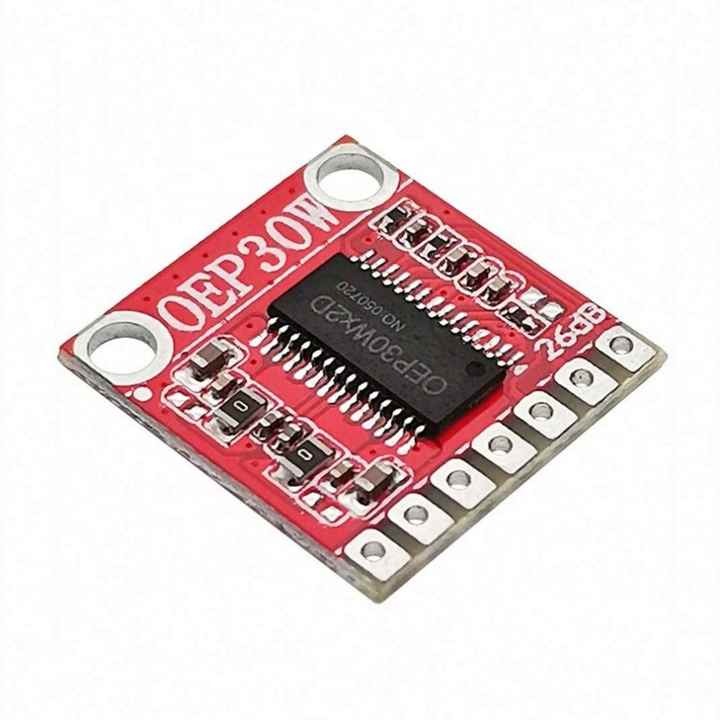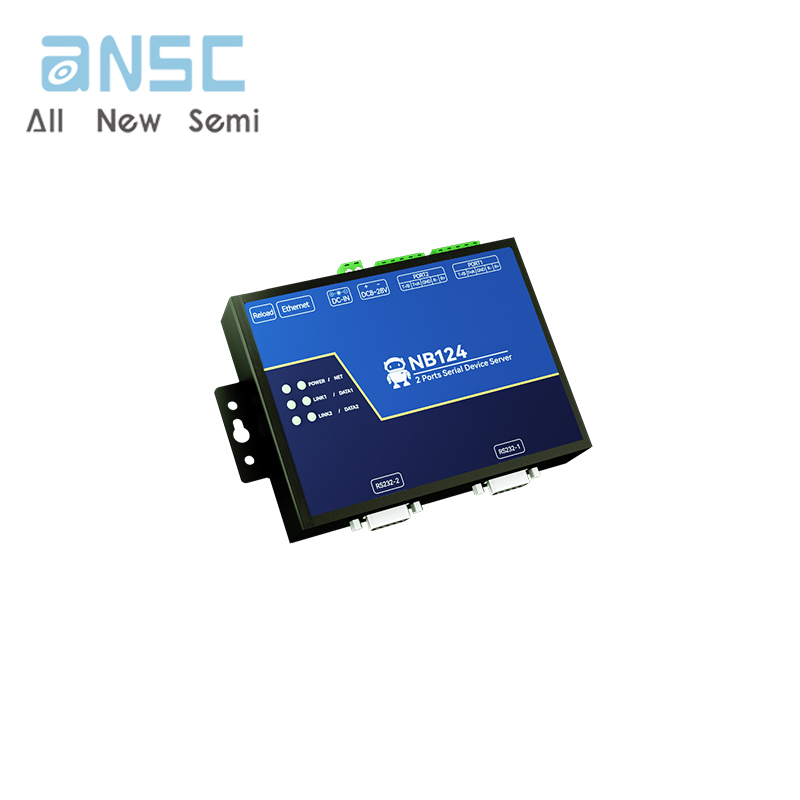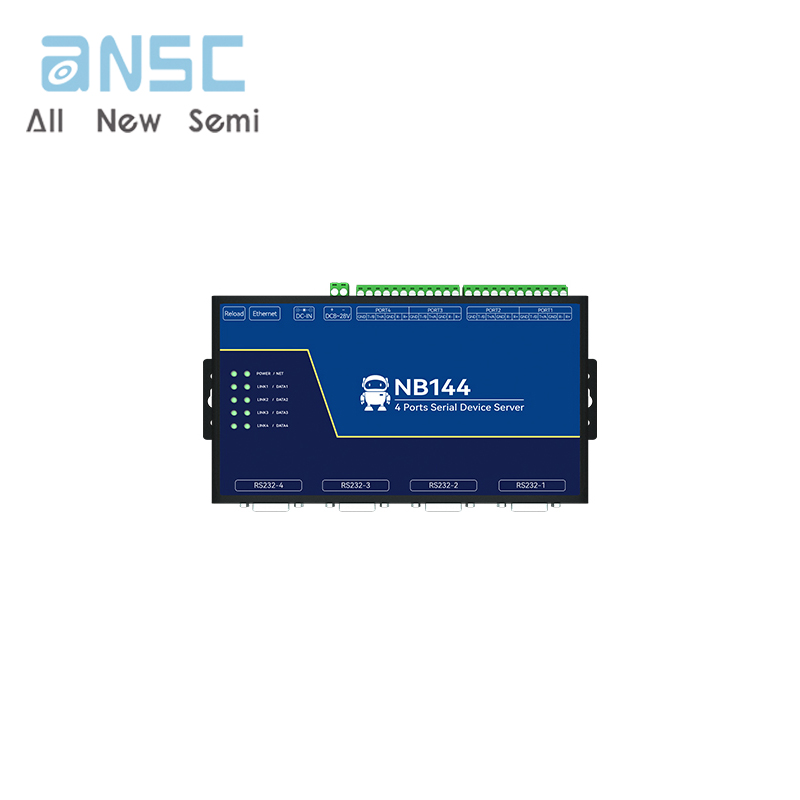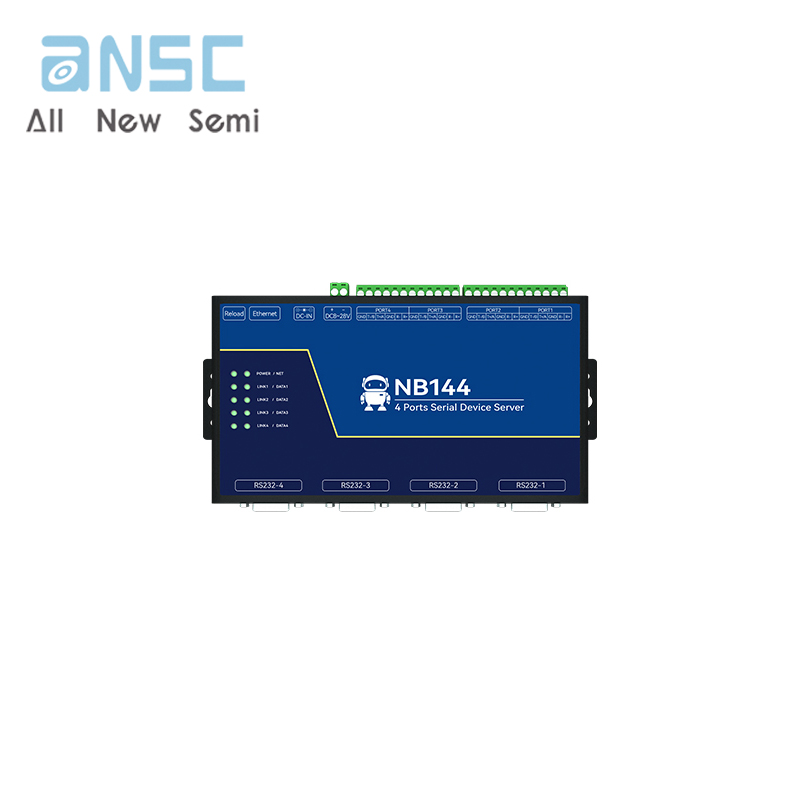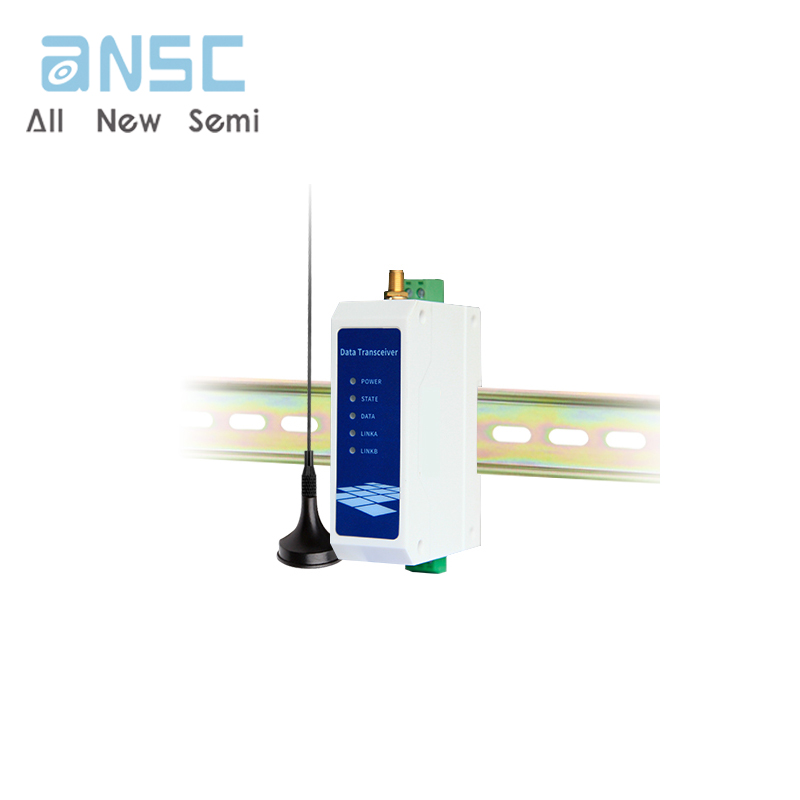Product Details
| The benefits of using a 36dB amplifier gain include: Because some audio devices have weak signal sources, a 36dB amplifier can produce loud sound, while a 20dB amplifier on the market can produce very low sound. For example, if a mobile phone's audio signal is weaker than a computer's, a 36dB amplifier can produce a very loud sound. If a computer audio signal is used, a 36dB amplifier can produce loud sound, resulting in unpleasant distortion. Lowering the computer volume is recommended. If adjusting the volume on the computer is difficult, shorting the 26dB pad on the amplifier board will significantly reduce the volume. Alternatively, add a series resistor to the amplifier input to reduce the volume. (The amplifier board's input resistance is 1K. Using a 200-1000 ohm resistor to divide the voltage and adjust the amplifier's volume prevents saturation and distortion.) This will ensure smooth, unpleasant sound. |
| The downside of using a 36dB amplifier gain: If the audio device has a weak noise signal when muted (not playing), the 36dB amplifier will amplify the noise. This is why some customers complain about loud noise even when the amplifier is not playing any sound. (This noise comes from the input signal source; disconnecting the amplifier board's input audio cable eliminates any noise in the speakers.) Shorting the 26dB gain pad on the amplifier can improve the noise. Desktop computers are much noisier than laptops. It is generally recommended that customers use a laptop as the sound source for testing. |
| Amplifier Gain Explanation (Required Reading): Computer audio signals are very strong, and the amplifier gain is generally 20dB. Each amplifier must be set to its minimum gain by the purchaser. For weak audio input signals, 36dB gain is used, which saves on pre-amplifier circuit costs. Amplifier gain, also known as input sensitivity, is set to match the host's signal output. Its function is to maximize the amplifier's power output when the host's output volume is at its maximum. Gain should not be used as a volume control. If the gain is set improperly, setting it too high often causes the amplifier to clip or enter protection mode. Setting it too low often results in the amplifier underperforming. The key to gain setting is ensuring that the host's maximum is not actually the voltage or volume. Experienced technicians can determine this by listening. |
| Amplifier Board Precautions: 1. When the amplifier board is powered, the DC voltage between the two speaker pads should be 0V, and the DC voltage between the speaker pad and GND should be half the power supply voltage. 2. When using 4-ohm speakers, the maximum power supply voltage should not exceed 16V, otherwise the chip will overheat and damage the amplifier. When using 8-ohm speakers, the maximum power supply voltage should not exceed 24V, otherwise the excessive voltage will break down the amplifier chip. 3. When the amplifier board is powered on, avoid touching the component pins on the board. Human interference can disrupt the digital amplifier's timing and damage the chip. Human static electricity—high voltage—can break down and damage the chip. Be aware of the dangers of human static electricity. 4. The power supply voltage should be stable. Use a switching power supply or battery if possible. The power supply should not exceed the board's operating voltage, otherwise the chip will burn out. Digital amplifiers are very delicate and operate completely differently from analog amplifiers. 5. When connecting speakers, try to keep the length of speaker cables under 3 meters. Longer cables increase the inductance of the load and generate excessive self-inductance voltage, potentially damaging the amplifier chip. For long speaker cables, it is recommended to add a diode (IN5819) to dissipate the self-inductance voltage and protect the chip. 6. 8-ohm speakers generally do not require a heat sink. For speakers under 8 ohms, if the chip temperature exceeds 60°C, immediately stop operation and add a heat sink to dissipate heat. Otherwise, the temperature rise will immediately burn the chip. 7. The speaker power must be greater than 40W to properly test the amplifier; otherwise, it will affect normal operation. We used 4-ohm, 300W stage speakers with a sensitivity of 95dB. The speaker's rated power must be greater than the amplifier's output power. Otherwise, if the speaker power is too low, the voice coil will heat up and short-circuit between turns, causing the amplifier to malfunction and damage. |
| Tips: The amplifier board defaults to 36dB gain. Computer input should only be used at a maximum volume of 20%. Otherwise, severe distortion will occur due to amplification, causing damage to the amplifier chip and excessive heat generation, which will also damage the speakers. Mobile phone input can be used at 90% volume, as mobile audio signals are much weaker than computer audio. To achieve 90% volume on a computer, you must lower the amplifier board gain by short-circuiting the two 26dB gain pads on the board. If the input audio signal is too strong, the amplifier gain must be lowered, otherwise distortion will occur. Severe distortion—exceeding the amplifier's output power—will damage the chip. |
Product Description


Product Photos
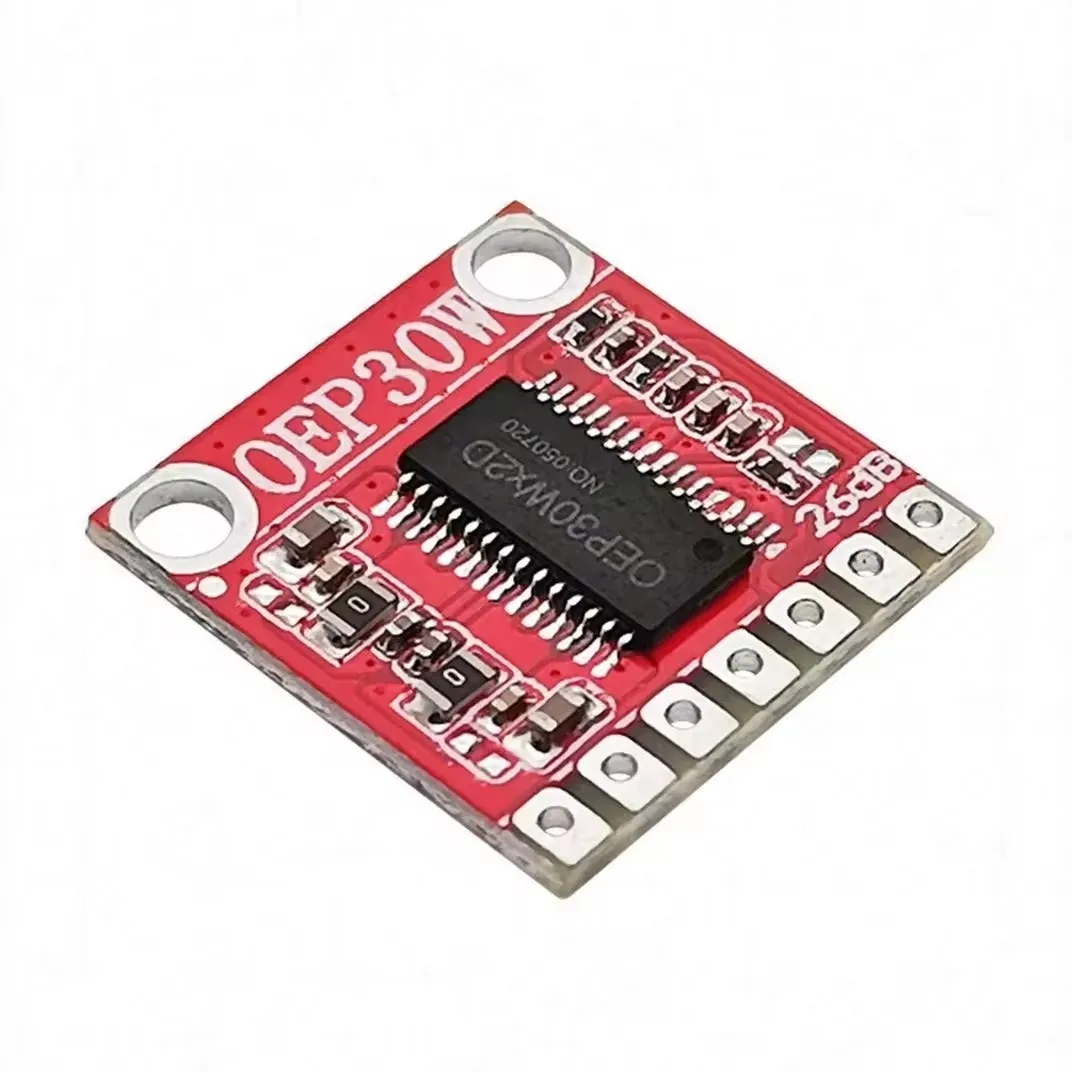
Company Information
.jpg)
.jpg)
.jpg)
.jpg)

